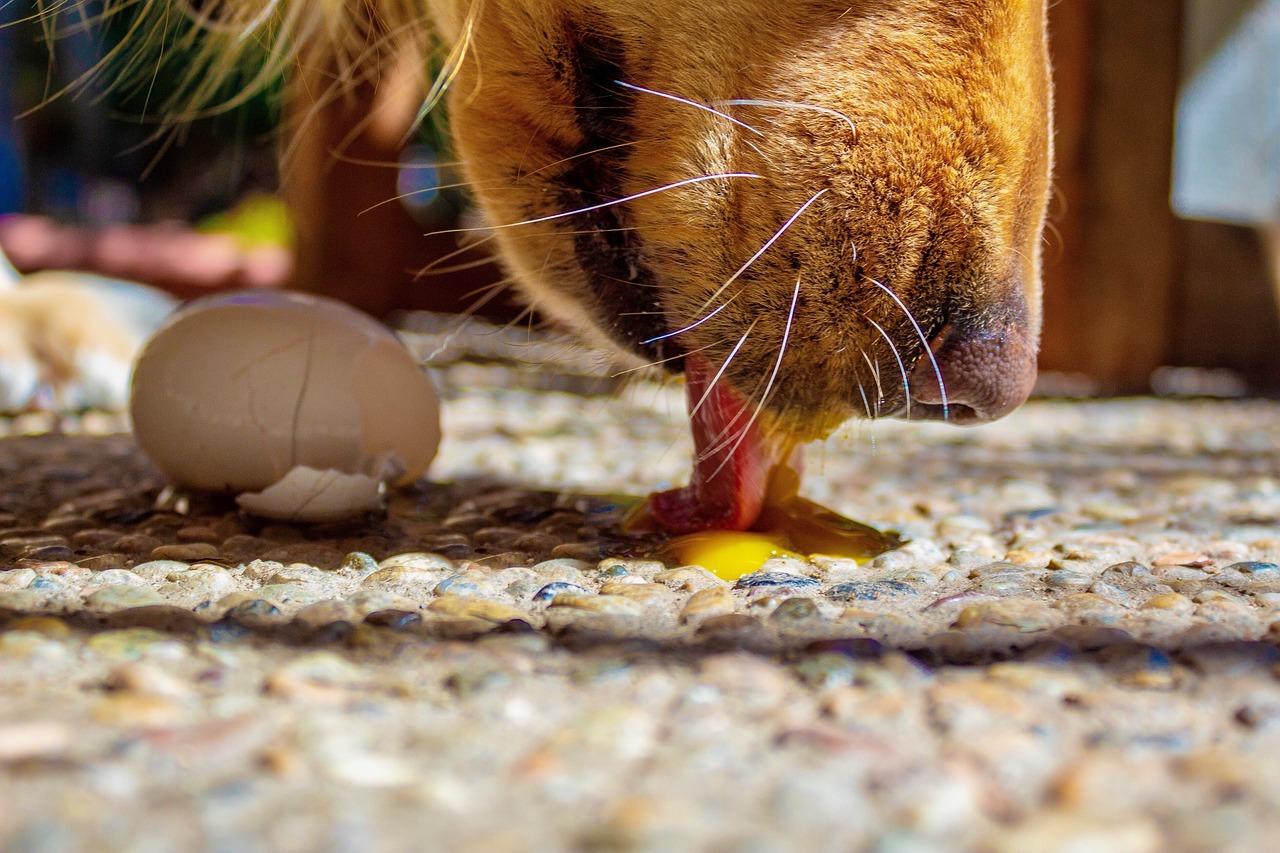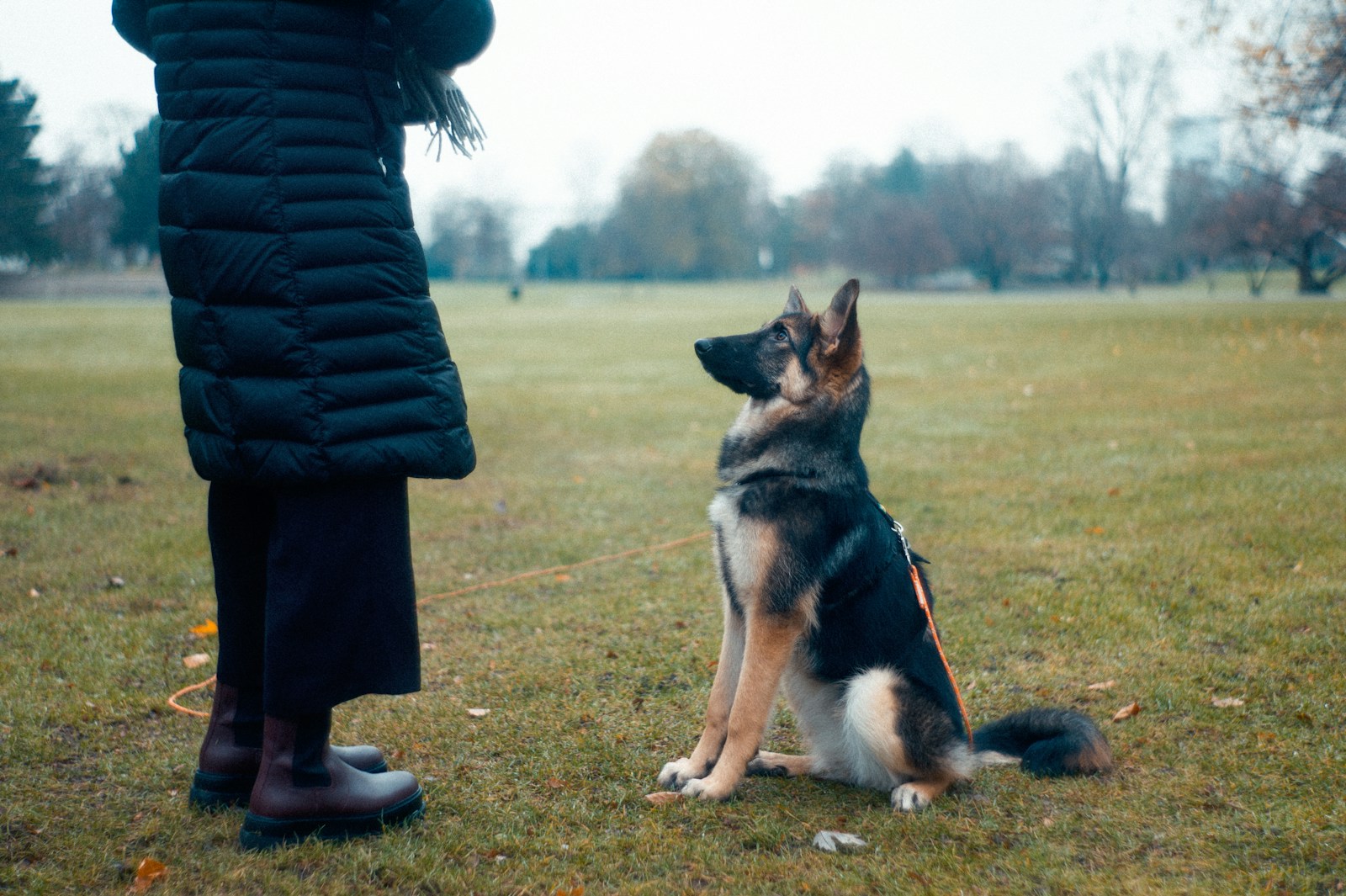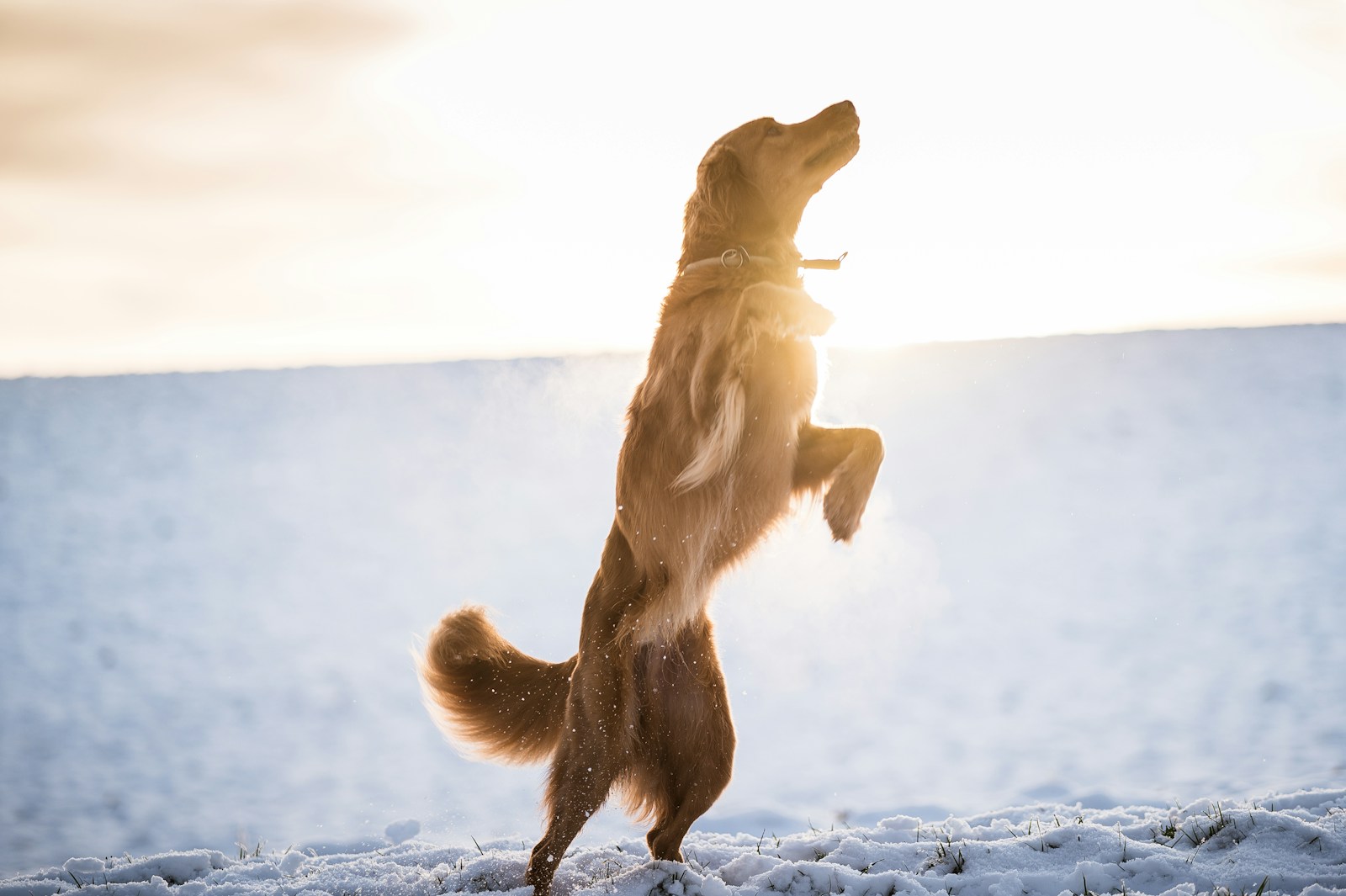Hey there, dog owners! Today, we’re diving into a hot topic in the pet world: raw food diets for dogs. Some people swear by raw diets, claiming they offer numerous health benefits for dogs, from shinier coats to higher energy levels. Others caution against potential risks, like bacterial infections and nutritional imbalances. So, what’s the real scoop? Let’s chew over the details to see if feeding your dog a raw diet might be a good choice.
What is a Raw Food Diet for Dogs?
A raw food diet for dogs typically includes raw meat, bones, fruits, and vegetables. This diet is based on the idea that dogs would eat similar foods in the wild, and therefore, a more “natural” diet could be healthier for them than commercial dog foods, which often contain fillers and processed ingredients.
The Benefits of a Raw Food Diet
1. Improved Dental Health: Supporters of raw diets often claim that chewing raw, meaty bones helps reduce tartar and can improve overall dental health. 2. Shinier Coats and Healthier Skin: Many raw feeders report that their dogs have shinier coats and healthier skin. This is believed to be due to the natural fats and oils found in raw meat. 3. Higher Energy Levels: Some owners notice an increase in energy, which could be attributed to the higher protein content and the natural, unprocessed nature of the food. 4. Reduced Allergy Symptoms: Dogs with allergies might benefit from a raw diet as it is free from artificial additives and grains, which are common allergens.
The Risks and Concerns
1. Bacterial Contamination: Raw meat can contain harmful bacteria like Salmonella and E. coli, which can affect both pets and humans handling the food. 2. Nutritional Imbalances: Getting the nutrient balance right can be tricky with homemade raw diets. Dogs need a balanced diet tailored to their specific health needs, and without careful planning, a raw diet can lead to deficiencies or excesses of certain nutrients. 3. Potential for Choking or Internal Injuries: Bones, especially cooked ones, can be a choking hazard or can splinter and cause internal damage or blockages. 4. High Cost and Preparation Time: Raw diets can be expensive and require significant preparation time compared to commercial dog foods.
How to Safely Implement a Raw Diet
If you decide that a raw diet might be right for your dog, here are some steps to do it safely:
- Consult a Veterinarian: Before switching your dog to a raw diet, talk to a vet who is knowledgeable about raw feeding for guidance and to ensure your dog’s individual nutritional needs are met.
- Handle Food Safely: Treat dog food as you would any raw meat. Wash hands and surfaces thoroughly after handling to prevent contamination.
- Start Slowly: Gradually introduce raw food to your dog’s diet to avoid digestive upset.
- Balance the Diet: Make sure the diet includes a proper balance of meat, bones, organs, and vegetables. Consider adding a vitamin and mineral supplement to ensure nutritional completeness.
Conclusion
Whether a raw food diet is the best choice for your dog depends on various factors, including your ability to manage the potential risks and your dog’s specific health needs. While some dogs thrive on raw diets, others may do just as well or better on high-quality commercial foods. It’s crucial to make an informed decision based on thorough research and consultation with veterinary professionals.








